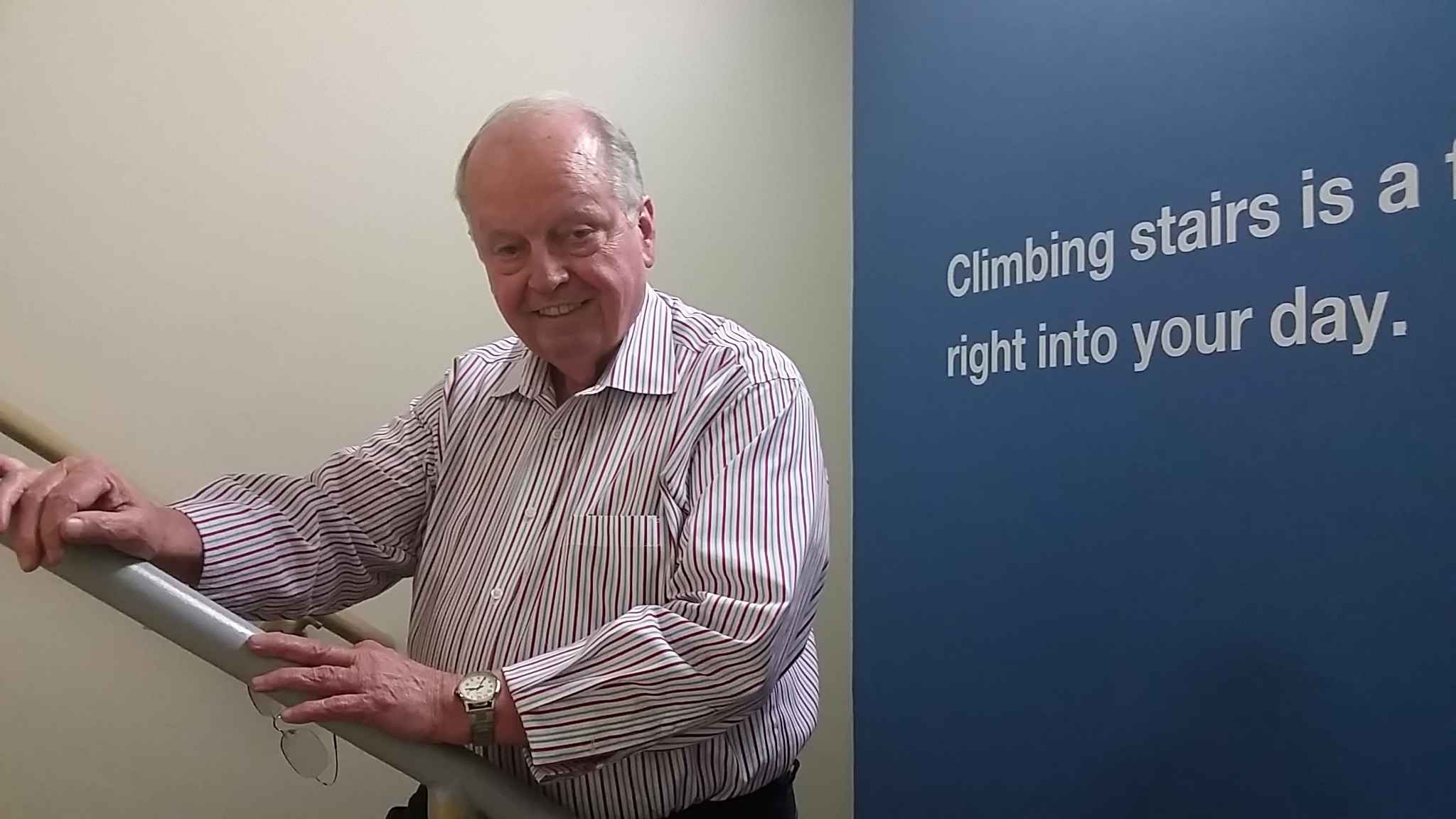
Foreclosure Forum

|
Foreclosure Forum |
|
Contact / Map | Priceline Tips
|
Buyer's Market StrategyThe real estate market, like the stock market, is in constant motion. A lot of the time it aimlessly dithers to and fro, while at other times it seems hell-bent to morph into a predictable boom or bust. A booming real estate market favors many sellers while a bust-out market favors just a few intrepid buyers. And while it's an almost no-brainer to make money in a surging seller's market, one has to carefully follow a well-planned strategy in a negative, buyer's market. Determining the market you're in, at the time you're in it, is fairly easy. Basically it's a measure of the average number of days it takes to sell a property that's comparable to what you're interested in, in a particular neighborhood. The most prevalent source of current marketing time for residential real estate in the US is your local Multiple Listing Service (MLS). While only member agents have access to its database, most residential real estate agents belong to it. So, if you're not plugged in, it shouldn't be too difficult to find an agreeable member of your local MLS to run a simple neighborhood, "days-on-market" (DOM) profile for you once a quarter to keep current as your area trends up or down. We categorize our real estate market three ways. It's either a Seller's market, a Neutral market, or a Buyer's market depending on the average number of days it takes to sell and open escrow on comparable properties in the same neighborhood. After doing some back testing with historic data for our area here in Southern California, we've determined our particular DOM scale as follows. If your area differs then fill in your particular DOM in the space provided.
Segmenting the market is a piece of cake. In fact, imagine a wedding cake with its three tiers. The bottom tier makes up about 50% of the cake's volume while the middle and top tiers make up the rest of its volume. You can visualize your local real estate market the same way. The large bottom tier would be your "Entry Level" real estate. The moderate middle would be your "Move-Up Level" and way on high the tiny top would be your "Luxury Level". Here in San Diego a typical entry level area would be National City, Imperial Beach, old Chula Vista, etc. and the property values in those areas would top off around $450K. A typical move-up area here would be Del Cerro, Tierrasanta, Rancho Bernardo, etc. where prices would top off around $850K. Our luxury level areas would be most of our coastal corridor and Rancho Santa Fe, Coronado, Mt. Helix, etc. where prices start around $850k and just keep going up from there.
Establishing the price levels for your particular market can be done with www.zillow.com in about ten minutes or less. Just go online to Zillow's website and check out their current, residential property values for your local, neighborhood areas that typify the Entry-Level, Move-Up Level and Luxury Level segments in your market. Zillow's bird's-eye view of each area with all the superimposed values for each individual home makes short work of coming up with your price ranges. There are so many properties going to foreclosure auction in a desolate, buyer's market that you can afford to be extremely selective and picky with what you buy and how much you'll pay for it. Because of the abject paucity of competition you won't have to stretch or compromise your buying guidelines at all. I formed the following guidelines while experiencing two incredible, bust-out buyer markets-one in the early 1980's and the other in the early 1990's. To apply them presupposes the reader has above-average skills in title searching, and has at their beck and call a minimum of $250K or more. These rules of thumb require a great deal of self-discipline, fortitude and unflinching focus to maximize the profits that can be made as a contrarian in the real estate debacle that's barreling down on us, especially in overblown areas like Southern California, and especially at the foreclosure auctions:
Doing the math (6.0 / 12 = .5 and then .5 x 8 = 4) it's easy to see the property's value is going to decline by 4% over the 8 month holding period. Therefore, we'd just take 96% of its current value to do our calculations. So if a house is worth $400K today, we'd figure it's going to be worth $16K less, for a total value of $384K, in 8 months from now. You know, if it sounds like I'm excited-you've come to the right conclusion! This next 3 to 5 year stretch is going to be my final hurrah. All the other buyers' markets were just a warm-up in comparison to this bruiser that's about to engulf us. I know it's a comin' because our trainings are starting to tail off. We used to be booked solid for 10 weeks in advance. Now it's more like 6 weeks. I hope it dwindles down to nothing so when the cowpies start zinging right and left I'll be hitting them over the fence full-time-rather than being inside teaching someone else how to do it.
|